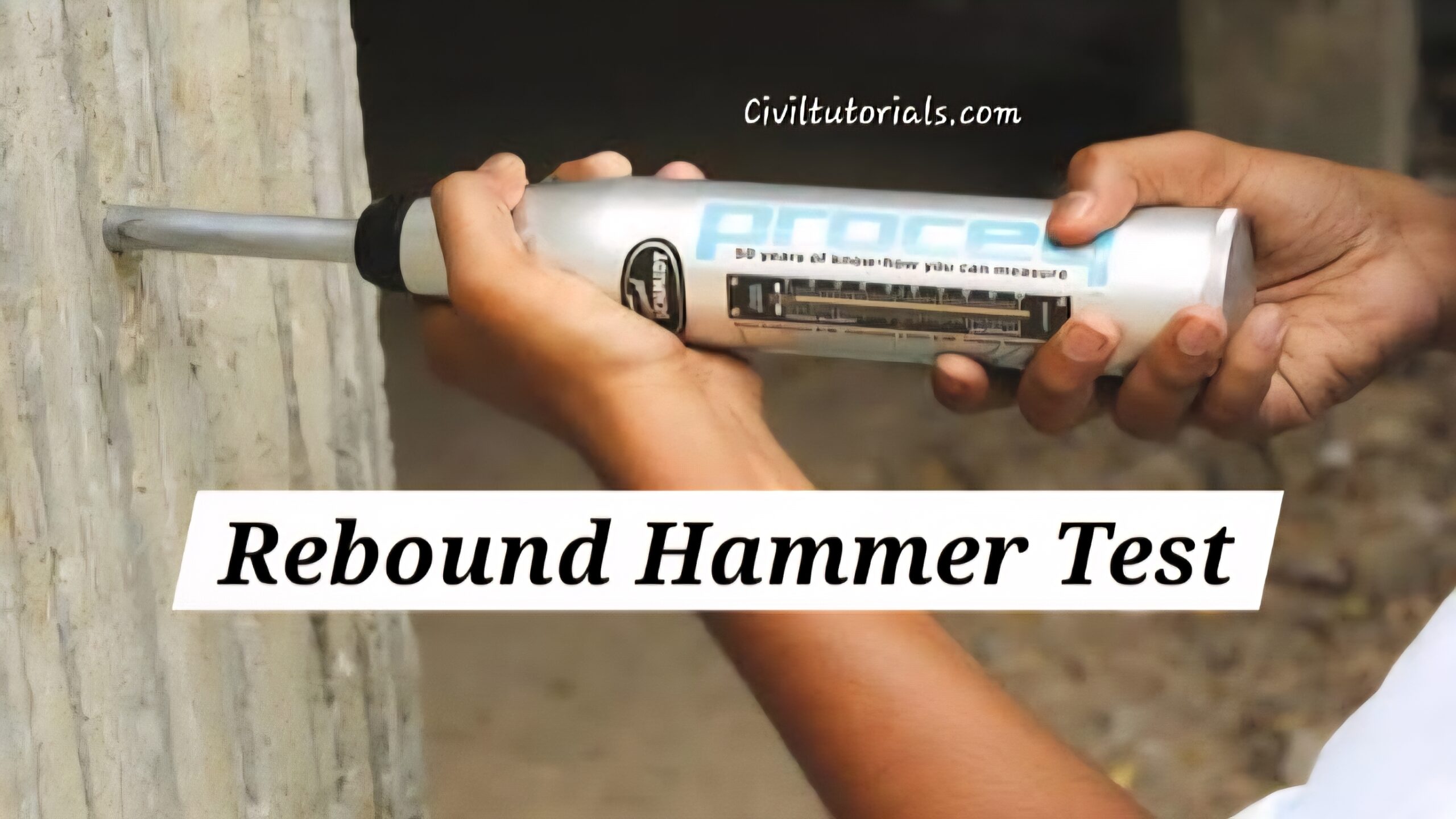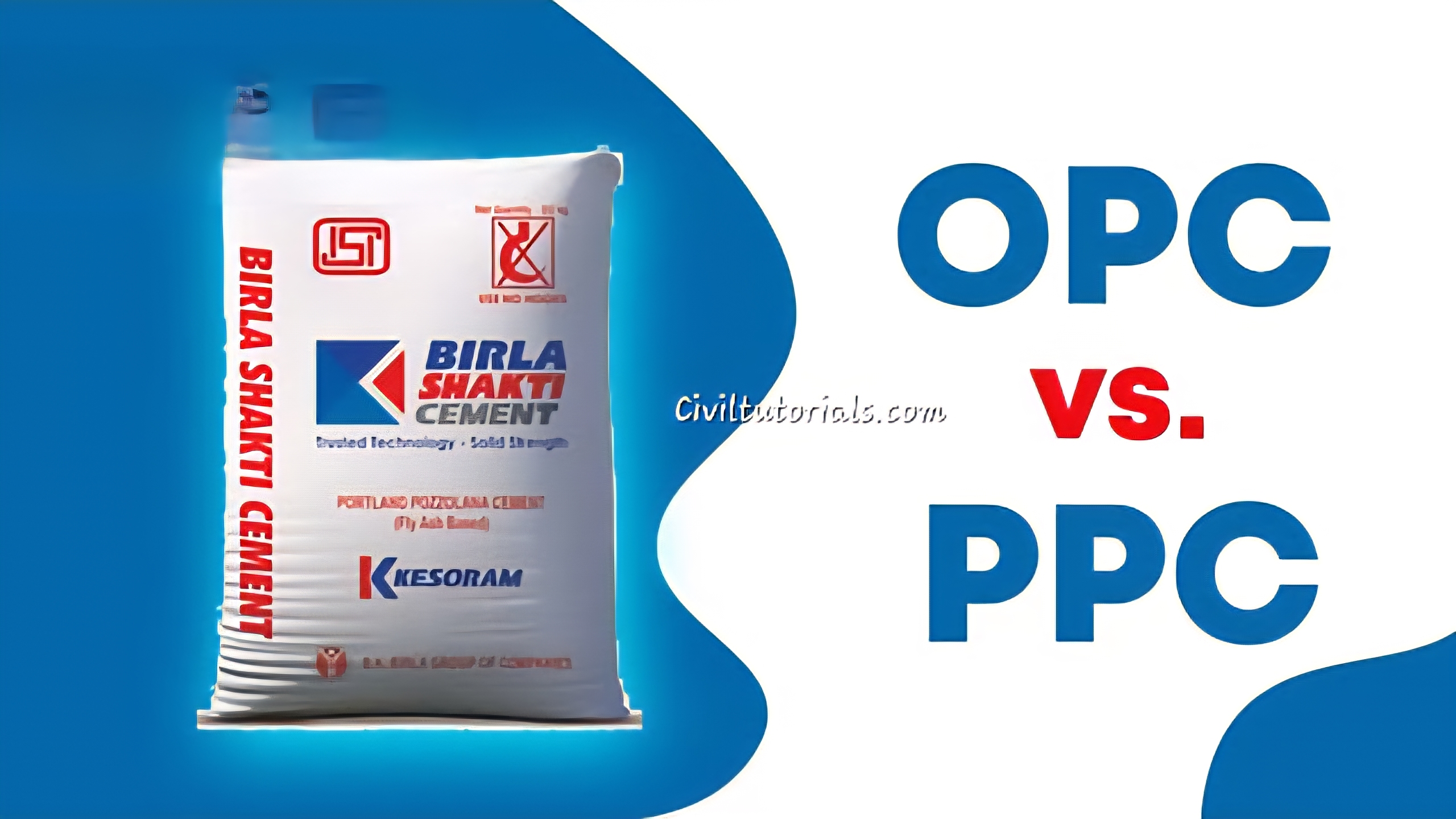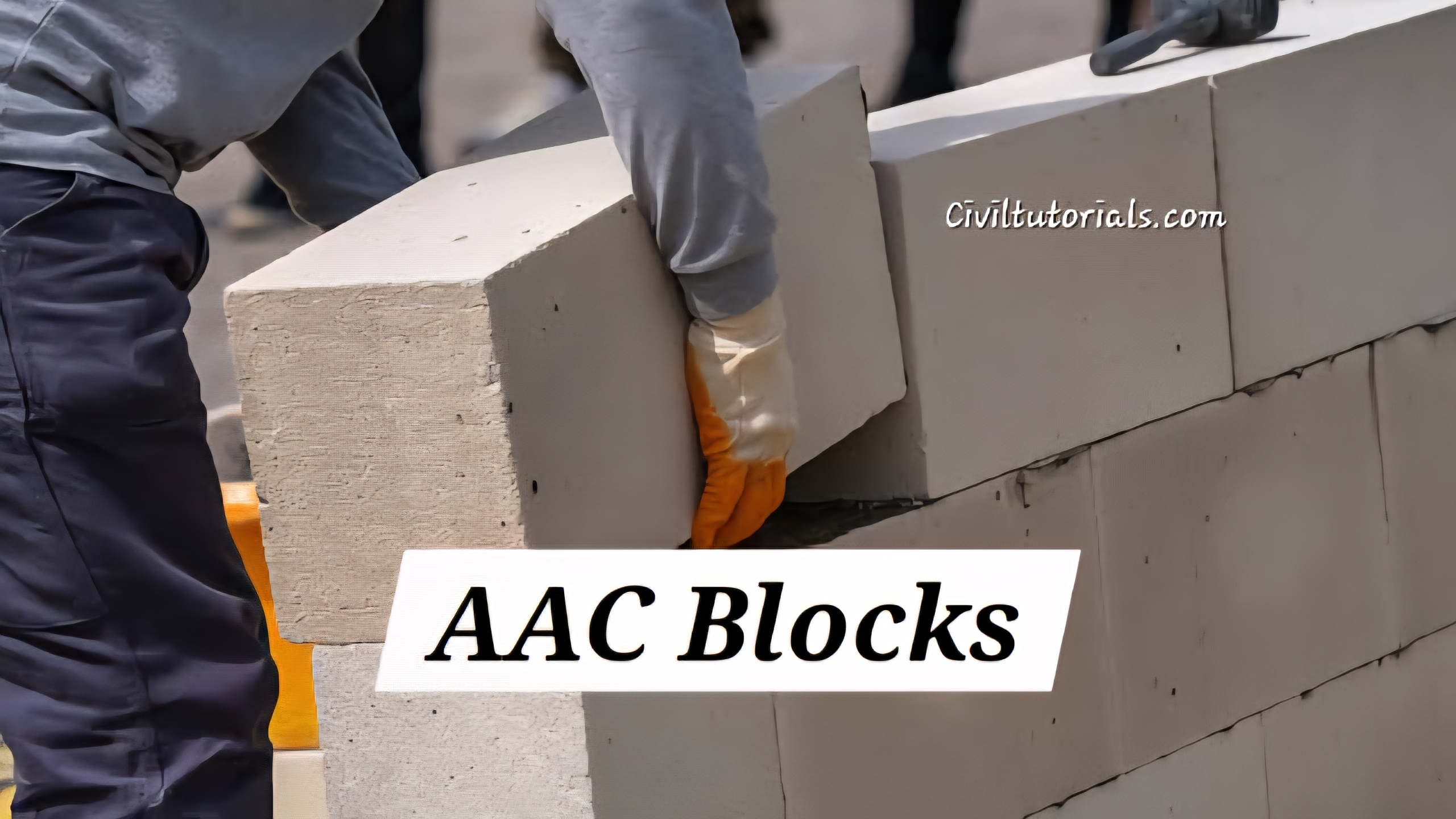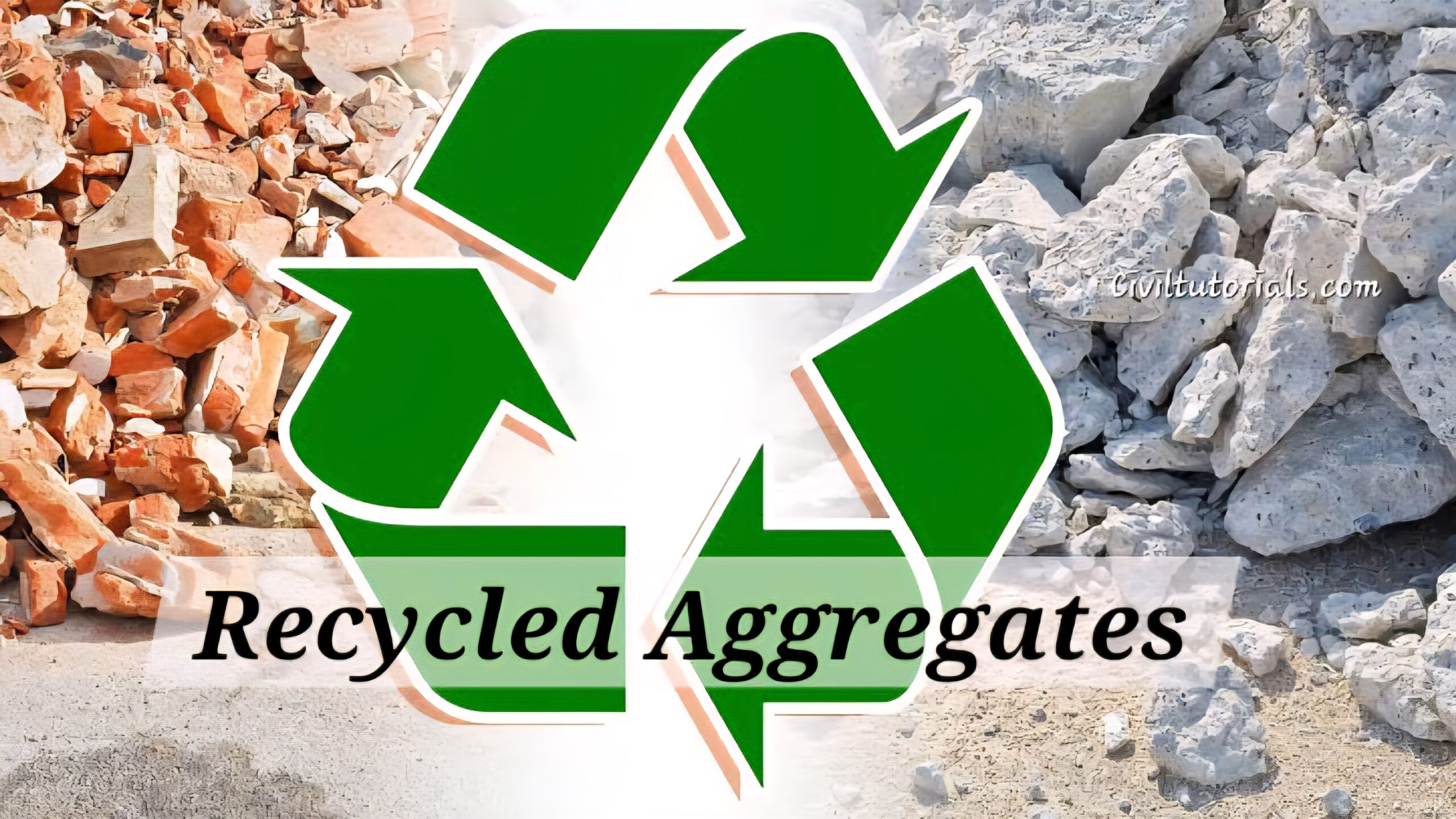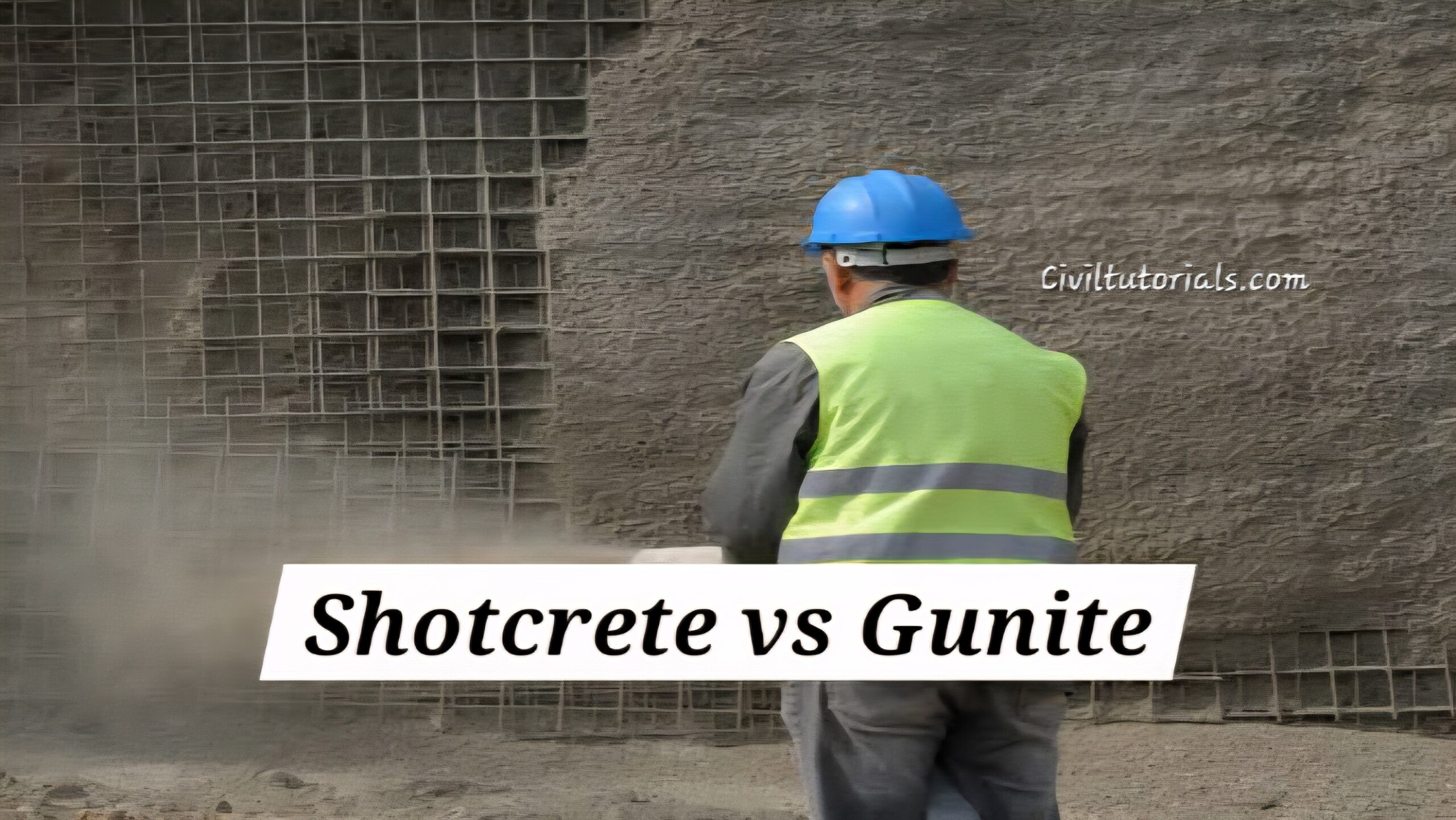Cement selection impacts your structure’s strength, durability, and budget. This no-nonsense guide reveals the crucial differences between trade and non-trade cement that contractors won’t tell you – helping you make informed purchases without compromising quality.
The Fundamental Distinction
Trade Cement:
- Sold through authorized dealers
- Strict quality control
- Branded packaging (Ultratech, ACC, Ambuja)
- 5-15% costlier
Non-Trade Cement:
- Direct from manufacturers to bulk buyers
- Minimal packaging (often just labels)
- 20-30% cheaper
- Quality varies by batch
Key Comparison Table
| Parameter | Trade Cement | Non-Trade Cement |
|---|---|---|
| Packaging | 50kg branded bags | Bulk/Loose (or plain bags) |
| Quality Control | ISI marked (BIS 403) | Factory testing only |
| Additives | Precisely measured | May vary |
| Setting Time | Consistent | Can fluctuate |
| Retail Price | ₹350-420/bag | ₹250-320/bag |
| Best For | Critical structures | Mass concreting |
When to Use Which Type
Choose Trade Cement When:
- Building RCC structures (beams, columns)
- Constructing in harsh environments (coastal, industrial)
- Need precise setting times for finishing
- Working on high-value projects
Non-Trade Works For:
- Mass concrete (foundations, roads)
- Plastering (can mix with lime)
- Temporary structures
- Budget-constrained projects
5 Hidden Risks of Non-Trade Cement
- Strength Variation: 28-day compressive strength can differ by 5-10MPa
- Storage Issues: Bulk cement absorbs moisture faster
- Adulteration Risk: Some mix fly ash beyond permissible limits
- Inconsistent Setting: Affects construction scheduling
- No Warranty: Manufacturers don’t guarantee performance
How to Verify Cement Quality
For Trade Cement:
✔ Check ISI mark and license number
✔ Verify manufacturing date (within 3 months)
✔ Feel bag for lumps (indicates moisture)
For Non-Trade:
✔ Demand test certificate for each batch
✔ Conduct field tests:
- Float test (good cement sinks)
- Hand test (should feel cool)
- Color check (grey with greenish tint)
Price Breakdown (2024 Market Rates)
| Brand | Trade (₹/bag) | Non-Trade (₹/bag) | Savings |
|---|---|---|---|
| Ultratech | 410 | 310 | 24% |
| ACC | 395 | 295 | 25% |
| Ambuja | 400 | 300 | 25% |
| Local | N/A | 250-280 | 30%+ |
FAQs About Cement Selection
Q: Can we use non-trade cement for slabs?
A: Only with proper testing – add 10% extra cement as safety margin.
Q: Why does non-trade cement set faster sometimes?
A: Uncontrolled gypsum content alters setting time.
Q: How to store bulk cement properly?
A: Use moisture-proof silos with 15cm ground clearance.
Q: Is blending non-trade with fly ash safe?
A: Only if tested – maximum 35% fly ash replacement.
Pro Tips for Bulk Buyers
- Order test batches before large purchases
- Schedule deliveries as needed (avoid long storage)
- Maintain records of batch numbers
- Consider logistics – non-trade needs covered transport
The Verdict
Trade cement wins for critical applications where quality can’t be compromised. Non-trade makes sense for large-volume, non-structural work when properly tested. Always remember: the ₹50/bag you save today could cost ₹500/sqft in repairs tomorrow.


